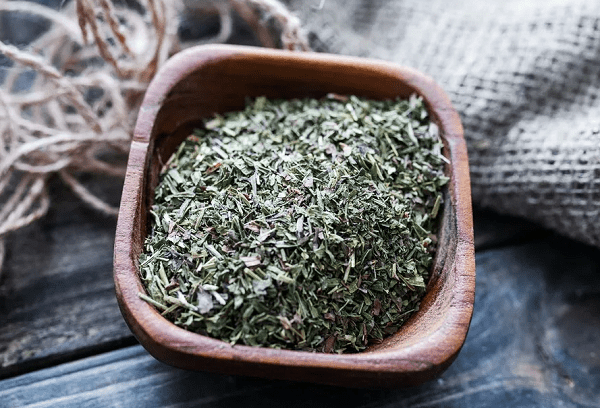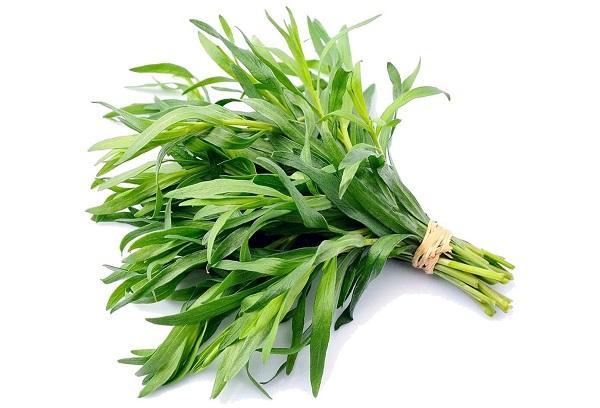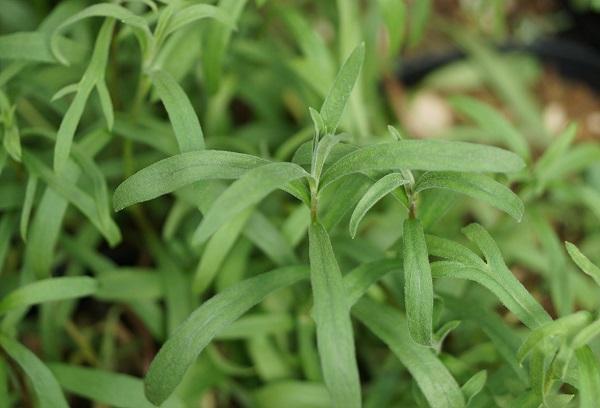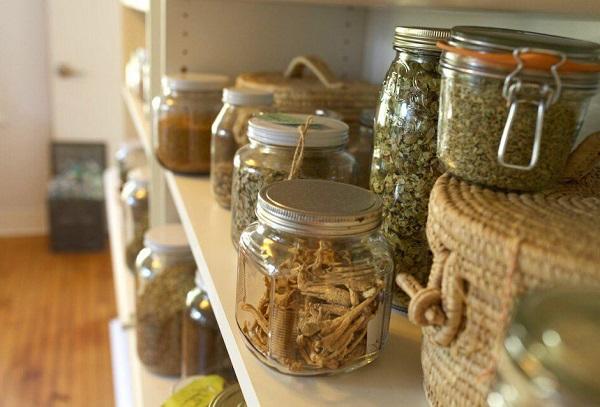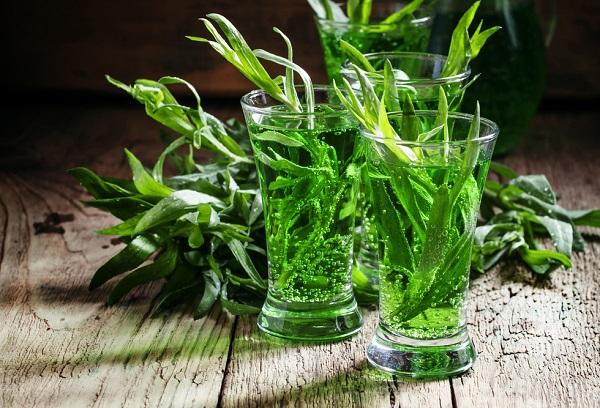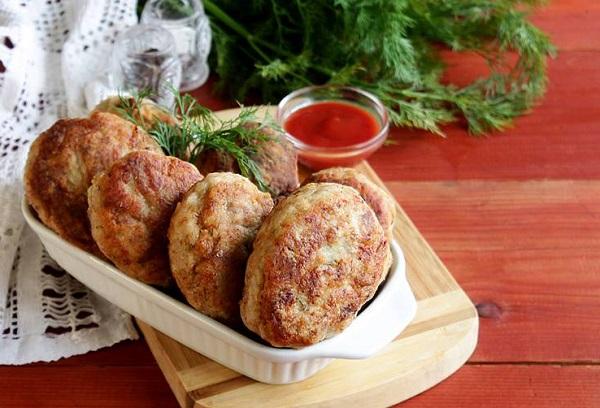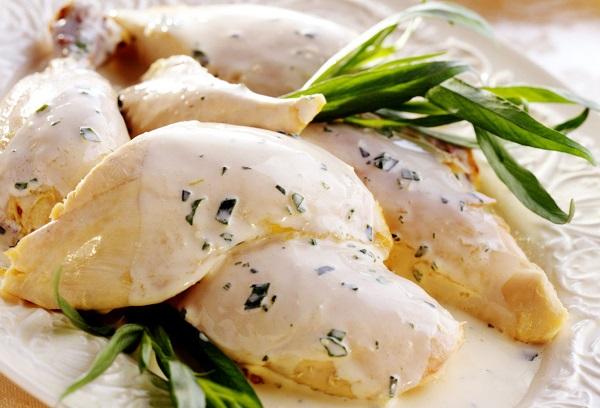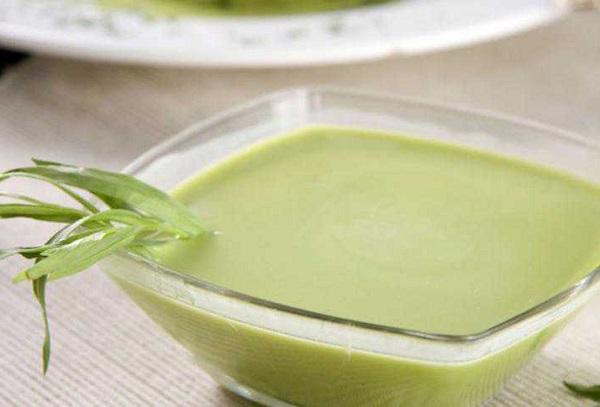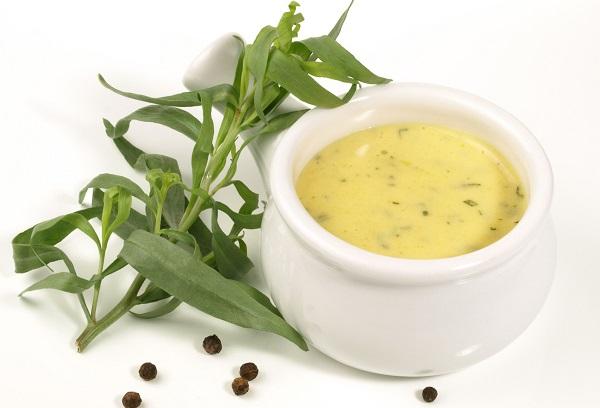Where is tarragon added and what can be prepared from it?
Content:
The spice tarragon is a spice that is used in cooking around the world. The seasoning is also used for medicinal purposes. For example, tarragon is added to tea to improve the quality of the nervous and digestive systems, relieve inflammation, and strengthen the immune system. It is also believed that if you add spice to dishes, you don’t need to use vinegar, salt and pepper.
Where do they add
The green part of the herb has found great use in cooking when fresh as an aromatic spice. In the cuisines of different nations of the world, tarragon is used to prepare dishes from lamb, fish, and beef. Broths, soups, and okroshkas are sprinkled with herbs.
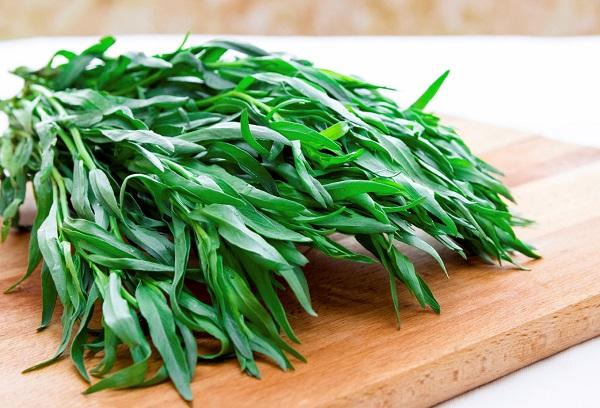
The leaves of the plant are used for soaking apples, pickling cucumbers, tomatoes, sauerkraut, and pickling mushrooms. All you need is a couple of tarragon branches to get a unique taste.
Finely chopped leaves can be added as spices to eggs, chicken, salads, and sauces. Dried tarragon is used in many dishes, but it is only added at the end of cooking, otherwise the flavor of the seasoning will be lost.
Tarragon allows you to add a refined taste to various sauces (mayonnaise, Tatar, béarnaise, tomato, sour cream), cheeses, fermented milk products, including yogurt.
Tarragon is often used to make tinctures based on alcoholic beverages. A bunch of tarragon sprigs - fresh or dried, placed in a bottle of vodka for 7-10 days, will give it a special taste and smell. Tarragon extract is used to flavor wine products and soft drinks, such as the popular Tarragon soda.
What to replace
In some cases, there is no tarragon on hand, but it is indicated in the recipe. You don’t need to immediately go to the store to find the spice. In most sauces, the seasoning is successfully replaced with fennel, mint, anise, and rosemary.
In the recipe for home canning, tarragon can be replaced with horseradish, cherry and bird cherry leaves. They also have the ability to kill bacteria and preserve the natural color of cooked products.
But when making lemonade, you cannot replace tarragon. Because without it, a completely different drink will come out.
Best combinations with other spices
Tarragon goes great with:
- parsley;
- dill;
- horseradish;
- mustard;
- juniper;
- cumin;
- citrus fruits;
- sage.
In combination with these spices, tarragon loses its dominant smell, giving the dish additional taste.
The use of the plant in each recipe is indicated separately. The dose should not be exceeded, as cooked foods may have an unpleasant taste. When preparing drinks yourself, it is recommended to replace dried tarragon with fresh leaves.
Compound
The value of tarragon is given by the high concentration of essential oil found in the leaves, namely:
- ascorbic acid;
- carotene;
- coumarin.
Fresh grass contains vitamins A, B, C and useful minerals: phosphorus, zinc, magnesium, potassium, calcium, iron, iodine, tannins.
Unlike other medicinal plants, tarragon does not have many medicinal properties. But there is a huge useful and unique composition. Tarragon is enriched with folates, carbohydrates, vitamins, various micro- and macroelements. The energy value of tarragon is approximately 296 Kcal per 100 g of product.
Smell and taste of spices
Tarragon belongs to the wormwood family, which in the minds of many people is strongly associated with a bitter taste. But tarragon stands out from this class due to its special taste qualities, due to this it is in the group of cultivated plants.
The taste of tarragon is sweet, with a slight bitterness, notes of freshness and pungency. Many people compare this herb to fennel, licorice, and anise, but at the same time it has an original taste and smell. During cooking, tarragon is added in small quantities as it can overpower other flavours.
The taste of fresh and dried tarragon is also different. To improve the taste of the plant, a small amount of lemon juice is added to it. When heated, the herb becomes bitter, so it must be cooked without heat treatment or added to an already prepared dish.
The aroma of tarragon is sweet-tart, pronounced, deep, with notes of coolness. Slightly similar to anise, but there are hints of menthol.
How to choose good quality tarragon
Finding and purchasing tarragon is difficult. This is not your average dill or parsley. In small towns you need to look for spices in special stores.In large cities, where there are many hypermarkets and a variety of seasonings, problems with purchasing tarragon, as a rule, do not arise.
If you have found a store where you can buy tarragon, then you should give preference to a plant that has a rich smell. It is necessary to avoid grass with wilted leaves that have changed color.
If you can't find fresh seasoning, you can always buy dried tarragon. The smell in this case is not very rich, the taste is quite tart, but this is quite enough for cooking. In this case, you need to pay attention to the date of manufacture.
Where and how to store
You can store herbs in different ways: dried, fresh or frozen. The fresh plant can be transferred to the refrigerator. This will make it possible to preserve all the beneficial qualities of the grass. Most often this is done with young foliage. It needs to be wrapped in two layers: the first is a moistened cloth, the second is a plastic bag. Tarragon should be used within 7 days.
The second option for storing tarragon in the refrigerator, which also preserves its beneficial properties, is freezing. The grass is washed, allowed to drain, wrapped in plastic and placed in the freezer.
Dried tarragon is poured into paper bags, glass containers or bags made of natural fabric and transferred to a cool place, protected from direct rays of the sun and moisture. Storage time – no more than 2 years. There is only one condition - there should be no medicinal plants nearby, since tarragon is enriched with essential oils, which are transferred over time.
TOP 5 most popular recipes with tarragon
The plant is indispensable in cooking. It is valued for its special taste. There are many ways to use tarragon.
Lemonade
Main components:
- chopped tarragon - 3 tbsp;
- sparkling water – 1 l;
- boiled water – 2 cups;
- lemon – 1 piece;
- sugar – 7 tbsp.
Step-by-step instruction:
- Sugar is diluted in water, placed on the stove and, stirring, brought to a boil.
- Afterwards, tarragon is added to the prepared syrup.
- Everything is covered with a lid and infused for several hours.
- We thoroughly strain the mixture using gauze and squeeze it out.
- The prepared sweet syrup should be added to the soda along with lemon juice.
Cutlets with potatoes and tarragon
Main components:
- smoked brisket – 70 g;
- pork – 250 g;
- garlic – 4 cloves;
- ginger root – 8 g;
- potatoes – 350 g;
- oil – 70 ml;
- onion – 1 head;
- tarragon - to taste.
Step-by-step instruction:
- Brisket and pork are passed through a meat grinder.
- The greens and garlic must be finely chopped and oil added.
- Add two tablespoons of oil to the onion, coriander and ginger and grind in a blender. The resulting composition must be added to the meat, salt and pepper and refrigerated for half an hour.
- The potatoes are cut into slices, placed on a baking sheet, sprinkled with herbs on top and poured with oil. You need to bake for 20 minutes.
- Pour 2 tbsp into a heated frying pan. olive oil, form and fry cutlets.
- The prepared dish is laid out at the same time as the potatoes and poured over the juice that remained on the baking sheet after cooking.
Chicken with tarragon sauce
Main components:
- chicken broth - 2 tbsp;
- chicken fillet - 4 pcs.;
- white wine – 0.5 cups;
- tarragon - 1 bunch;
- mustard – 0.5 tbsp;
- sour cream - 200 g;
- onion - 1 piece;
- garlic - 1 clove.
Step-by-step instruction:
- In a small amount of hot vegetable oil, fry finely chopped onion until it takes on a golden color, and add garlic, cut into small slices.
- Pour broth (carefully) and wine into the pan. Heat for 4-6 minutes.
- For ease of cutting, the fillet can be slightly frozen and cut into pieces 10 mm thick.
- Add herbs, mustard, sour cream to the sauce. Allow the flavors to blend for 2-3 minutes, covered, over low heat.
- Place the pieces in a frying pan and simmer for 20 minutes.
Sauce for herring with tarragon
Main components:
- granulated sugar - 2 tsp;
- boiled egg yolk - 3 pieces;
- salt - optional;
- vinegar - 60 g;
- oil - 1 tbsp;
- mustard - 2 tsp;
- tarragon - 3 branches;
- lemon juice - 1 tsp.
Step-by-step instruction:
- Mix the egg yolks, granulated sugar, mustard and salt, pouring in the oil a little at a time.
- Then add lemon juice and finely chopped tarragon.
Bearnaise sauce with tarragon
Main components:
- chicken broth - 2 cups;
- dried tarragon - 4 tbsp;
- vinegar - 50 g;
- dry white wine - 150 g;
- boiled egg yolk - 3 pieces;
- butter - 150 g;
- salt and pepper - optional.
Step-by-step instruction:
- Gently melt the butter, without stirring, over low heat. Remove foam.
- Mix peppers, half a portion of tarragon, salt with wine, broth and vinegar.
- Let the mixture boil down by half. Cool and strain.
- Pour the broth into the egg yolks, place on the stove and beat for 60 seconds.
- Remove from heat, add oil and beat until it reaches the consistency of mayonnaise.
- Sprinkle in the remaining tarragon.
- If the composition does not thicken well, add a little flour.
The beneficial properties, taste and aroma of tarragon are excellent. The spice is used as an anti-inflammatory, sedative, anthelmintic, and tonic.Tarragon is used both fresh and dry. By adding spices to foods, you get healthy and delicious dishes.
